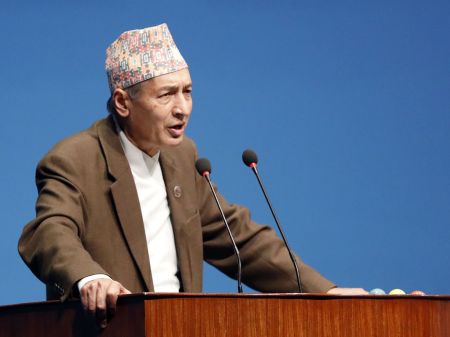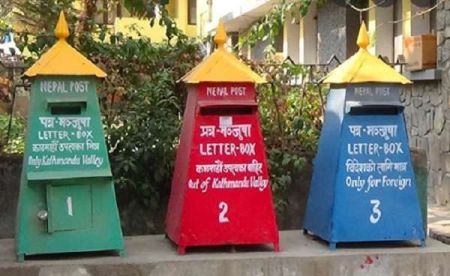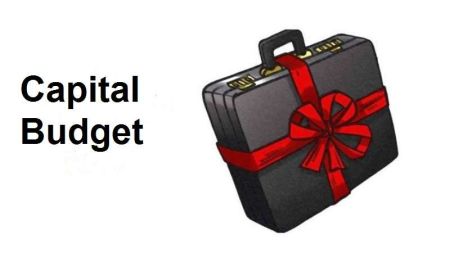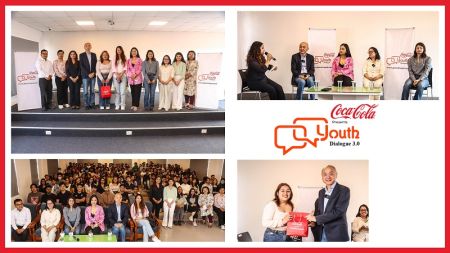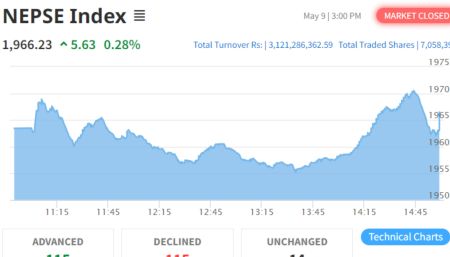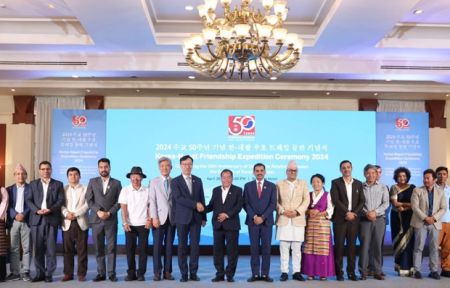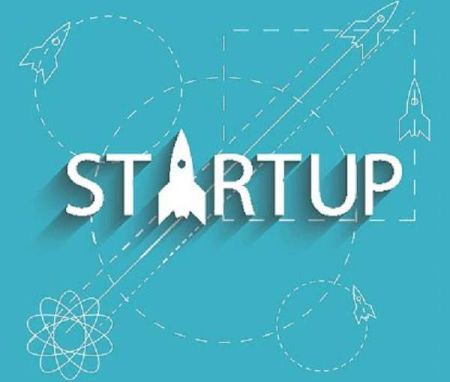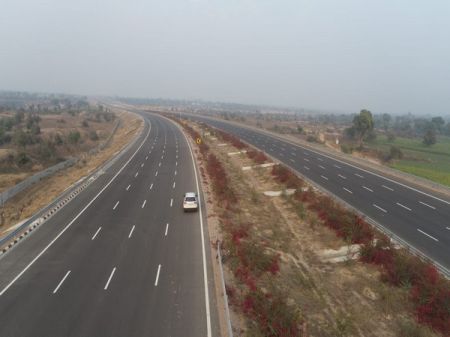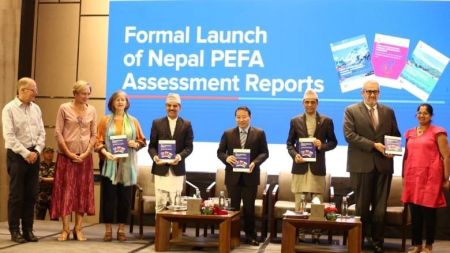BY Rajendra Prasad Koirala
Finland is well-known for its saunas, Jean Sibelius, the Finnish tango, Nokia cell phones, and PISA (Program for International Student Assessment) test performance. But a lot of hard work went into achieving these results. Finnish society underwent rapid structural changes to become a Nordic welfare state in the 1960s and 1970s. The welfare state included comprehensive education as a component. A large economic boom also occurred in Finland, which persisted through the 1980s. However, it was followed by a severe economic slump in the 1990s that was even worse than the depression of the 1930s.
The success of the electronics sector, particularly that of Nokia's mobile phone business, made it possible to finance the welfare state, but with significant budget cuts and restructuring procedures. A competitive model has been in competition with the welfare state model since the 1990s (Antikainen 2006; 2010). This intrusion has an impact on education.
The management of comprehensive schools and the overall educational system was centralised with the creation of the current Finnish comprehensive school system in the 1970s and early 1980s. Despite opposition from right-wing parties and the organisation of secondary school teachers, centralisation was seen as a way to implement comprehensive educational reform.
The school system was decentralised in the late 1980s. According to the rules established by the National Board of Education, schools were given more authority over their own management and were required to create their own curricula. According to Westbury, Hansen, Kansanen, and Björkvist (2005), teachers' professional status and expertise increased because of the approaches they adopted.
Since 1968, the fundamental principles and the idea of education as a public good have not altered, but there was a tendency in the 1990s towards school-based profiles, increased parental choice, "customer" focus, and systematic school evaluation. There is disagreement over the outcome of these largely Neo-Liberal policies. In comparison to other nations, Finland's changes are less significant (Goodson & Lindblad 2011). However, according to Simola, Rinne, and Kivirauma (2002), this tendency indicates a historical change in the way education is governed in Finland and other Nordic welfare states.
In fact, the decade starting in 1995 is known as the ‘age of restructuring’ (Antikainen, 2006). One could counter that the flexible Finnish approach to comprehensive education does not compromise the greater objective of minimising inequality (Antikainen 2006).
How did the Finnish model of Education develop?
The Finnish educational system places a strong emphasis on experiential learning and the concept of phenomenon-based learning which enables students to acquire knowledge through practical experiences. This approach is consistent with the educational practices in many other European countries where the demand for 21st-century skills and competencies has influenced the design of basic education curricula.
In the Finnish educational model, competence is defined as a combination of contextually relevant knowledge, skills, and attitudes. Likewise, a European recommendation has identified eight essential abilities for lifelong learning, which the Finnish curriculum aims to cultivate. They are: Communication in one's mother tongue, communication in other languages, mathematical prowess, foundational knowledge of science and technology, digital prowess, learning to learn, social and civic prowess, entrepreneurship, and cultural awareness and expression.
The Finnish curriculum takes a comprehensive approach to essential competences, which is accomplished through the study of several disciplines. Compared to the current national core curricula, several competencies, such as digital literacy and collaborative abilities, are provided in a far more thorough manner.
These competencies, which range from C1 to C7, all include the information, abilities, values, and attitudes necessary to apply them in various situations. The intention is for students to have the motivation to apply their skills in an ethical manner. The core curriculum's broad teaching and learning objectives, together with more specific goals for each grade group from 1 to 9, include the objectives for these competences.
Digital competence is a crucial civic ability in the Finnish educational system, both on its own and as a component of multiliteracy. It serves as a learning tool as well as an objective. All students should have the chance to advance their digital literacy during their basic education. Information and communication technology ought to be utilised consistently in all stages of basic education, across all subject areas, in multidisciplinary fields, and in other academic contexts.
Students develop digitals skills mainly through four ways. First, students are given the chance to develop their practical digital abilities by creating their own goods, and they learn the fundamental ideas and principles behind how digital tools are utilised and function. Second, students are given instructions to utilise digital tools safely, comfortably, and securely. Third, students gain knowledge to use digital tools for research, exploration, and creative projects. Fourth, students get knowledge and skill using digital technologies for networking and communication.
The joy of teamwork and exploring the world with others is crucial for children as it affects their desire to learn, according to the Finnish National Board of Education. Students have the chance to visualise their ideas and thoughts in a variety of ways through the use of digital tools. This enhances their thinking capacity.
The Finnish educational system is regarded as one of the greatest in the world for ten main reasons:
1. Free Education for All: Since everyone is considered to have an equal right to education, all levels of education, from pre-primary to higher education, are free for Finnish citizens. The state fully funds all schools.
2. No Universal Testing System: Finnish teachers design their own grading systems instead of relying on standard assessments and in-class exams. The Ministry of Education also analyses general progress by selecting sample groups from a variety of schools.
3. No School Before Seven: Seven years old is the youngest age to start elementary school. Finnish youngsters get to enjoy their childhood and start their education with their family, as opposed to spending too much time in school.
4. The Bar is High for Teachers: Only those with Master's degrees from accredited institutions that train teachers are qualified to work as teachers. Only graduates from the top 10 percentile are eligible to apply to become teachers.
5. Collaboration Prioritised over Rivalry: By teaching students the virtues of teamwork, collaboration, and team spirit, teachers in Finland place an emphasis on cooperation over competition in the classroom.
6. Teachers Enjoy High Reputation: In Finland, lawyers and doctors are regarded as having the same social standing as teachers. In Finland, it is simpler to become a doctor or an engineer than a teacher.
7. Schools do not compete with Each Other: Exemption from the Artificial Parameters of Academic Progress by removing all academic institution rivalry and replacing it with a culture of cooperation is executed in Finland.
8. Fundamental Principles are Focused: Students are given the time and room to work at their own pace to build the strongest foundation and fundamentals. In Finnish schools, mixed-ability courses are utilised to promote a range of interests and hobbies.
9. School Education of Nine Years Only: Only nine years of compulsory education is required in Finland. After this, students are encouraged to decide what is best for them academically and professionally.
10. More options available: The range of professional options available to students pursuing a college degree includes vocational schools, university education, and training programs.
According to the World Economic Forum's Global Competitiveness Report, Finland has earned the distinction of having the most egalitarian educational system in the world, with the smallest difference between its lowest and top achievers.
Likewise, a report prepared by the Organisation for Economic Cooperation and Development (OECD) states that Finland is the only developed nation where females outperform boys on average in scientific test scores and where the majority of top-performing science students are female.
Last but not least, the Finnish educational model has become the best and the most exceptional education in the world due to the sincerity of the Finnish government towards building the nation's educational model.
(Koirala is the CEO of Gyanda Academy, Birgunj)






